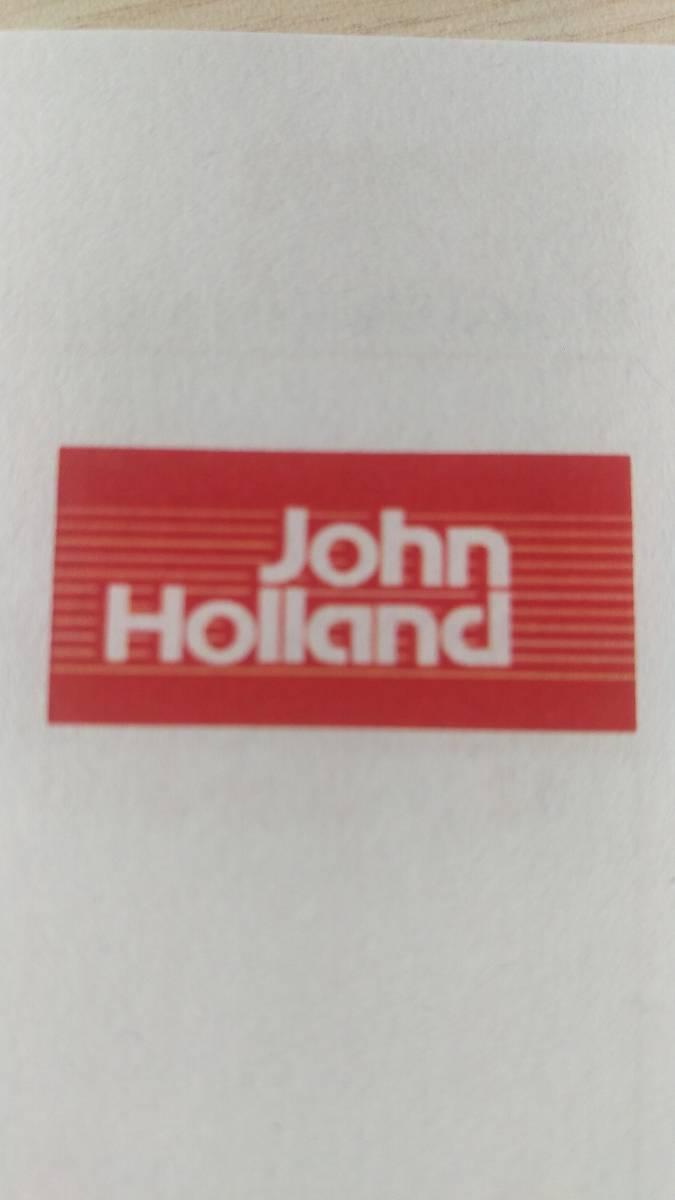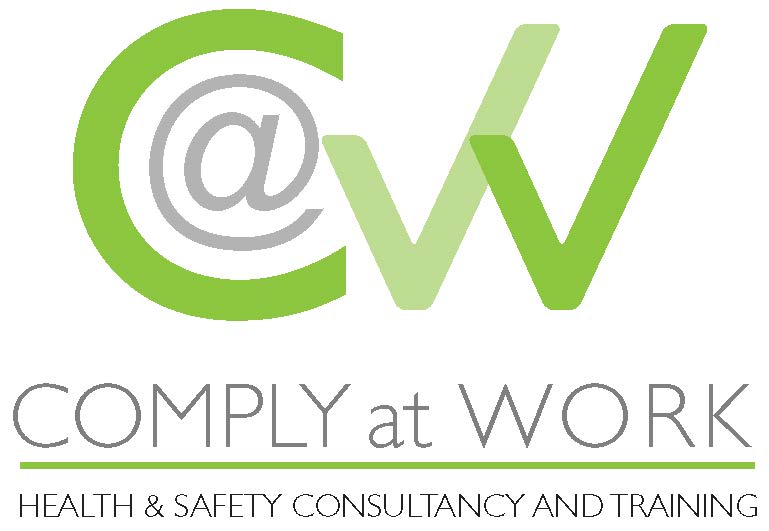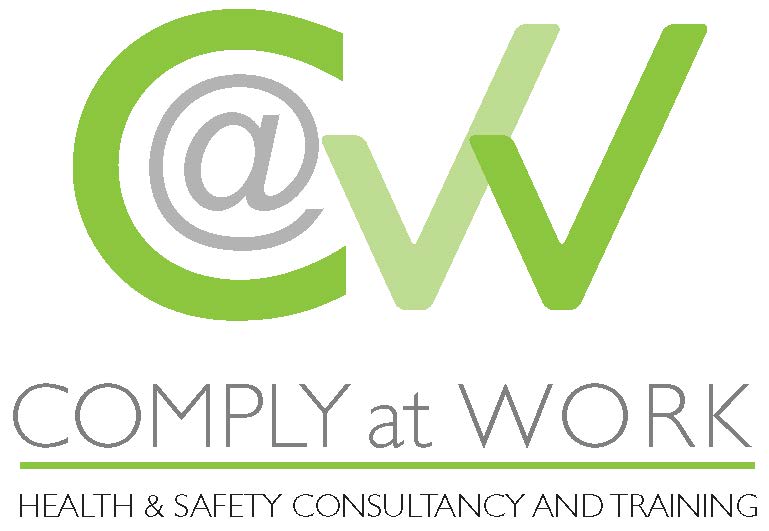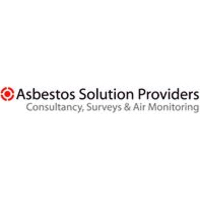Information
Field Level Risk Assessment
-
Project No.
-
Customer Name:
-
Location
-
Conducted on
-
Conducted by:
-
Supervisor Name:
-
Other Employees or Sub-Contractors present:
Instructions: Step 1. Complete FLRA prior to starting task and/or prior to changes in work environment, work activities, equipment/tools and people. Review the FLRA with co-workers/sub-contractors involved in the work activity or affected by it.Step 2: Identify each hazard present as either: a) present and safe if LOW RISK defined as probability is rare/unlikely/likely AND severity is negligable / minor (first aid), b) present and at risk if MEDIUM RISK defined as probability is rare/ unlikely/ likely / highly likely / almost certain AND severity is serious (medical aid required / major / catastrophic), or c) Present and Unsafe: if HIGH RISK defined as probability is almost certain and minor, serious, major or catastrophic) . Step 3: For each hazard identified, two option 1) use the action button at the bottom of the screen to describe the control you will put in place using the hierarchy of controls, or 2) select the controls further down in the tool Step 4: AFTER CONTROLs ARE PUT IN PLACE: if any residual risks identified remain MEDIUM or HIGH: they MUST be reviewed with Supervisor PRIOR to starting work activity. This MUST be documented by text / email / verbal approval of supervisor. Step 5: Email the completed FLRA to your supervisor after completion of the work.
-
Describe the work activity to be performed:
HAZARD IDENTIFICATION
High and Medium Risk Activities
-
Activities to be performed include sources of hazardous energy (lockout-tagout), working at height (incl. roof), elevated work platforms or mobile equipment, electrical work, hot work, line breaking, cranes, confined spaces, powered manual tools, sharp objects, chemical or biological exposures, hazardous materials, hazardous waste, demolition, or excavation?
-
Work performed at/above 1.2m (4') or at/within 1.8m (6') of roof edge/ledge?
-
Access needed to reach areas above guard rail, barrier? e.g. fire protection systems, lights, sensors in ceiling on equipment at height etc.?
-
Edge protection, barriers, guardrails?
-
Engineered and certified tie-off points (=5,000Kg)?
-
Wet, contaminated, slippery surfaces or handles/rails?
-
Adequate space to use scissor lift or similar device to access work at height?
-
Hazards from sharp edges, materials, equipment, facility infrastructures?
-
Situation requiring harness (inspected, retractable life line, anchor points, rescue plan)
-
Harness and equipment (pre-use inspected / external, labeled, complete, compatible parts (hooks, etc.), < 5years) and in good condition?
-
Fall prevention training and certification current for operators?
-
Ladders / steps used to access height? --inspected, tied off, materials appropriate, 4-1 angle, etc.
-
Other?
Hazardous Energy
-
Potential exposure to hazardous energy sources (electrical, pneumatic, hydraulic, kinetic, etc.) when working on equipment/machines/ or nearby?
-
Lockout-tagout kit adequate (personal, group) and readily available?
-
Any troubleshooting on energized equipment? -complete non-routine work risk assessment-
-
Verification of zero energy completed after lockout-tagour for all hazardous energy sources related to work activity?
-
Lockout-tagout start and end communicated to persons affected by LTV?
-
Lockout-tagout competent person / training current?
-
Other?
Electrical working on or near
-
Power Lines nearby and / or above? --contact utility company-
-
Working near exposed electrical conductors? -electrical work rubber gloves, liners with appropriate rating and tested within last 6 months, stored flat, etc.
-
Electrical work performed >50Volts?
-
GFCI tested?
-
Cords and equipment in good condition?
-
Extension cords used for temporary purposes only? -rated for intended use-
-
Unsafe electrical leads? (damaged, out of test date or untested)
-
Overloaded outlets?<br>
-
Electrical equipment near water or flammables or sources of ignition? -rating<br>
-
Bonding and grounding?<br>
-
Electrically classified area? -spark / explosion proof tools-
-
Live electrical work performed or electrical work > 240 Volts?
-
Competent person performs risk assessment, determines and implements controls?
-
Electrical controls (arc flash, current) using hierarchy of controls readily available and used?
-
Permit in place and effective controls implemented? -reviewed with supervisor-
-
Other?
Elevated Work Platforms and Mobile Equipment
-
Elevated Work Platforms or Mobile Equipment (Manlift, scissorlift, fork-truck etc.) expected to be used or are you working in close vicinity of these?
-
Daily pre-use inspection completed and deficiencies corrected?
-
Operator certified / trained and current?
-
Fall protection systems in place and effective? anchor points
-
Equipment extensions (certified / weight load limit indicated) or slings (nylon, steel, rope) inspected, appropriately rigged and adequate for the weight load / task / environment and in good condition?
-
Access of equipment to work location evaluated? -struck by / struck against
-
Equipment movement in work area evaluated? -struck by / struck against
-
Load movement out of sight or with limited visibility? spotter / signaling person required
-
Are barricades and warning signs in place when working at height, on roof / near edges, hazardous processes, moving equipment, cranes, lifting equipment, etc.?
-
Roof-top access required? -roof risk assessment, permit
-
Any battery / electrical charging stations or compressed gas exchange required? -eyewash stations / safety showers if corrosives in place, proper secured storage and handling of compressed gas cylinders --do NOT roll--
-
People and moving equipment separated by barricades or similar? If not, use spotter
-
Other?
Cranes
-
Cranes used or in / around work area?
-
Daily pre-use inspection completed and deficiencies corrected?
-
Operator certified and current?
-
Maintenance, testing and inspection records up-to-date and deficiencies corrected?
-
Any extensions (certified and weight load limit indicated) or slings (nylon, steel, rope) inspected, appropriately rigged and adequate for the weight load / task / environment and in good condition?
-
Work load limit posted on equipment and attachments?
-
Work load limit, including configuration considerations, not exceeded?
-
Load movement may occur out of sight or with limited visibility? spotter / signaling person required
-
Loads lifted over persons, close proximity to obstacles incl. overhead power lines? --not permitted
-
Crane lift study and permit completed and communicated?
-
Other?
Excavation
-
Is any excavation being performed or in close vicinity?
-
Utilities / telecom called to verify location if digging, open areas, trenches, or disturbed ground?
-
Approved sub-contractor completed risk assessment, implemented controls and communicated to employees affected?
-
Design excavation and controls reviewed and signed off on?
-
Excavation equipment inspected, in good condition, operator trained and current and appropriate for task?
-
Employees working in vicinity prevented from entering area?
-
Other?
Scaffolds
-
Any scaffolds being built, standing or being removed?
-
Licensed engineer designed and licensed person erecting scaffold?
-
Scaffold Work Load Limit visible and not exceeded? (tools, stored materials, number of persons)<br>
-
Safe and complete scaffold (certified)?<br>
-
Inspection protocol for scaffold in place and implemented?<br>
-
Incompatible scaffold components?<br>
-
Other?
Emergency Response
-
Work at height (incl. roof), elevated work platforms, electrical work, hot work, line breaking, cranes, excavation, or confined space entry taking place?
-
Fire extinguisher (fire blanket, fire watch)?
-
First Aid Kit and Attendant(s)?
-
Eye-wash station and/or safety shower?
-
Air horn?
-
Extraction equipment inspected, readily available, and rescuers competent?
-
Air monitoring devices?
-
Respirators readily available, appropriate, and competent person present?
-
Emergency rescue protocols understood and participants competent and current?
-
Alarm numbers available and displayed?
-
Communication devices readily available, functionality tested, communication protocol understood?
-
Permit conditions met and implemented?
-
Other?
Driving, Traffic and Interfaces with moving equipment
-
Are you driving for work, working alongside or near traffic, or moving heavy equipment with no physical separation (barriers)?
-
Current driver license, vehicle preventive maintenance completed, no known vehicle issues?
-
Driving required in adverse conditions (rain, hail, snow, high wind, high / low sun, dark, wildlife, high mountain roads, high congestion, after extended shift, winter conditions, remote areas)?
-
Congestion in / near work area or road construction with changing conditions?
-
Working around operating trains, public transit, ATVs, helicopters/planes, boats / bodies of water?
-
Traffic control plan in place and implemented?
-
Other?
Hand tools and equipment
-
Powered hand tools (electric, pneumatic) to be used?
-
Completed pre-use inspection of tool?
-
Unsafe or damaged tools or equipment? (including missing or damaged guards)<br>
-
Appropriate tools and equipment for job? (e.g. grinding discs for cutting)<br>
-
Safe and compatible attachments used with tools and equipment? -guards in place-<br>
-
Other?
Hot Work, Line Breaking, Confined Spaces
-
Hot work will be performed or is performed nearby? -permit
-
Hot work permit completed and controls implemented?
-
Ignition sources eliminated or controlled?
-
Line breaking? hazardous materials, high temperature, high pressure --permit?
-
Line breaking permit completed and controls implemented?
-
Any confined space entry required?
-
Permit required confined space has completed permit and implemented controls?
-
Non-permit required: hazards have been identified, risks assessed and controls implemented?
Ergonomics
-
Any awkward body position or tight spaces to perform work?
-
Any excessive reaching required?
-
Any prolonged bending or twisting?
-
Any manual handling of materials / awkward objects >10Kg (22lbs)?
-
Any kneeling, squatting or sitting on ground?
-
Any repetitive motion, especially in combination of excessive force?
-
Any work where hands / fingers not in line of sight?
-
Any work above head?
-
Any heavy or awkward lifting (>10Kg / 22lbs)?
-
Other?
Environmental Conditions
-
Any high temperature and / or in combination with humidity? heat stress risk assessment?
-
Any cold temperature with potential for frostnip or frostbite?
-
Other adverse weather conditions? lightning, flood, hurricane, tornado, snowfall, hail storm, avalanche, mudslide
Hazardous Materials: Compressed Gases, Flammable and Combustible Materials, Oxidizing Materials, Poisonous and Infectious Materials, Corrosive Materials, or Dangerously reactive materials.
-
Hazardous Materials in use, transported, stored or disposed of?
-
Safety Data Sheets (SDS) readily available and reviewed?
-
Compressed gasses in use, transported, or stored? -secure, incompatibles segregated, fire-walls
-
Refrigerant use, transport, storage, removal? License / certification, data logs up-to-date, Safety Data Sheet, secure transport means
-
Any PCBs, Lead, Asbestos, Carbon Monoxide, Solvents, Welding fumes, Silica, radioactive containing materials that may be damaged or disturbed, etc.?
-
Waste(s) generated? hazardous --use only company approved hazwaste disposal companies, records, signed
-
Potential for spills / release of hazardous materials into environment (liquid, gaseous, solid)?
-
Other?
General Conditions
-
Slippery / Wet / Uneven Surfaces or Stepping Over/Under Pipes / Facility Infrastructure?
-
Working in areas requiring access or use of using ladders, steps or stairs etc.? --inspected and tied off, appropriate material--
-
Any sharp edges or other cut hazards?
-
Rotating or moving machinery or parts (pulleys, belts, etc.)?
-
Grinding or cutting?
-
Working in electrically classified area? --explosion proof tools and processes must be implemented--
-
Low light/glare conditions or areas (in equipment)?
-
Overhead hazards from pipes / ducts / equipment, low or overhanging landings etc.?
-
Working above or under hazardous processes (high / low temperature, moving parts, hazardous materials, bodies of water, moving equipment, roads, etc.)?
-
Tools / Equipment storage / transport / use: falling from above or falling down below?
-
Ground or roof openings not barricaded?
-
Potential for entanglement / engulfment?
-
Combustible dust (wood, aluminum, grains etc.)?
-
Working alone?
-
Mechanical hazards?
-
High or Low pressure?
-
High or Low temperatures?
-
Appropriate hand tools (screw-drivers, wrenches, cutting tools, hammers, wire-strippers, etc.)?
-
Other?
Occupational Health
-
Any (hazardous material) exposure hazards absorption / inhalation / ingestion / contact?
-
Any sun, insect, rodent, bacteria, virus, mold, poisonous / wild animals, bodily fluid, sewage, hazards?
-
Radiation hazards?
-
Vibration hazards?
-
Noise hazards?
-
Splash hazards (chemical)?
Human Factors
-
Any confusion on how to perform the task at hand?
-
First time performing task or performing diagnostics / troubleshooting?
-
Returning to work after multiple days off?
-
Time pressured?
-
Excessive distractions?
-
Any lack of procedure / knowledge of process, equipment, tools on work activities to be performed?
-
Any tool / equipment you have not used before or have not been trained to use?
-
Any tool / PPE / equipment / Lock Tag Kit / Emergency Response Equipment that is not readily available / not in good condition / not appropriate size / not appropriate for the task?
-
Any hazards created and not well controlled by other people working in the area (non-company)?
-
Any continuous work hours in excess of 12 hours? -fatigue assessment-
-
Any other hazards?
CONTROL MEASURES
-
Lock Out Tag Out Kit?
-
Pre-use tool and/or equipment inspection completed and deficiencies corrected?
-
Risk Assessment & Procedure Review with people performing work?
-
Permits completed and communicated?
-
Competent People?
-
Supervision of Sub-contractors and/or Public?
-
Transport tools and appropriate storage of compressed gases and hazardous materials?
-
Spill kit?
-
Secondary containment?
-
Designated Work Areas?
-
Spotters, Signallers?
-
Lighting sources?
-
Signage?
-
Barricades?
-
Fire Extinguishers?
-
Fire Blankets?
-
Rescue Equipment?
-
UV, Insect Protection?
-
Gas Detection Devices?
-
Spark-proof or explosion proof tools?
-
Safety Data Sheet Review?
-
House Keeping?
-
Other?
-
Other?
-
Other?
-
Other?
-
Other?
Personal Protective Equipment
-
Hand Protection? specify: workgloves, cutproof, electrical, chemical resistant, other?
-
Arm protection? specify: long sleeves, cut-proof sleeves, other?
-
Eye and Face Protection? specify: safety glasses, safety goggles, face-shield with safety glasses, welding hood, other?
-
Foot protection? specify: safety boots, shoes, rubber/chemical resistant boots, other?
-
Head protection? specify: bump cap, hard hat, other?
-
Hearing protection? specify: ear plugs, ear muffs?
-
Fall protection gear? specify: harness, lanyard, SRL, other
-
Respiratory protection? specify: dust mask, half or full face-mask with cartridges, SCBA?
-
Electrical protection? specify: FR clothing layers, suit, gloves, face-shield, etc.?
-
Visibility related gear? specify high-visibility vest, arm/leg reflective bands, other?
-
Other?
-
Other?
Protection Against the Elements
-
Adverse weather clothing? specify: raingear, cold-weather gear, etc.
-
Hot or cold temperature kit/gear?
-
Other?
-
Other?
Verification
-
Are all applicable work authorizations / permits appropriately completed, controls implemented, posted and reviewed with our company and sub-contractor employees involved in or affected by the work activities? -complete prior to starting work-
-
Are you performing the work with another employee participating or affected by the work activities?
-
Have you reviewed and discussed all the hazards identified, risks and agreed upon the appropriateness of the controls associated with the work activity? -contact supervisor if disagreement on controls- speak up if you feel not quite right about the approach!
-
Do you have all the appropriate tools, equipment, PPE, and control methods available, put in place and effectively implemented? -if not, address the issues or call supervisor if need supplies or clarification-
-
Are (sub)-contractor employees participating in, affected by, or performing this work activity?
-
A signed and dated (1 year or less) safety declaration is available for each sub-contractor involved in the work activity? --obtain via supervisor if not available-
-
The sub-contractor employees involved in the work have completed training in our company work-related HSE procedures? -complete prior to starting work activity-
-
The sub-contractor employees have taken and fully implemented appropriate measures to control the risks for their and our company employees? -must be done prior to starting work-
SIGN OFF
-
Team Member
-
Team Member
-
Team Member
-
Team Member
-
Authorized Person: I have reviewed this FLRA and agree that it is a fair assessment of the job and I authorize this work to proceed.
-
Team Leader
-
2.













